Life Inside Russia’s Frozen Tundra
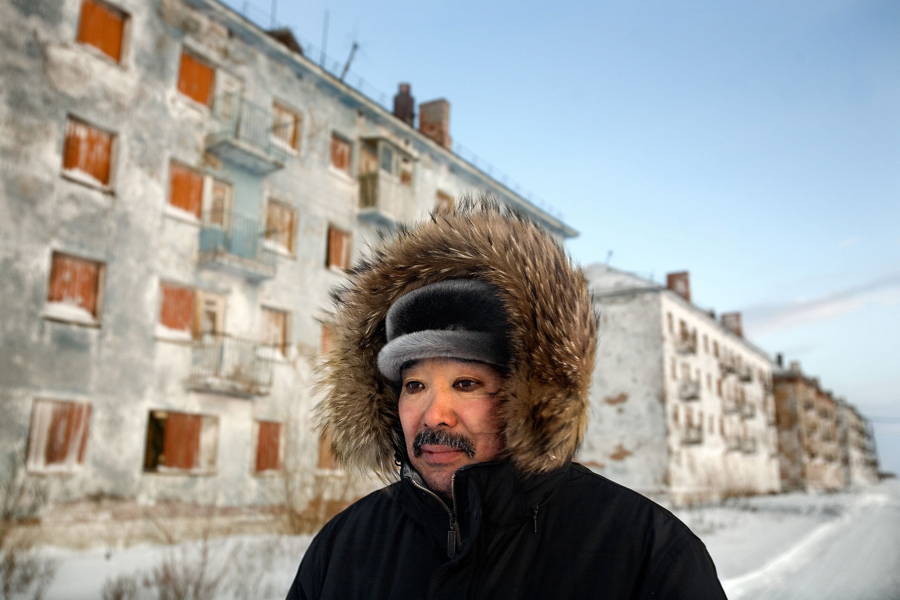
A coal miner walks through an abandoned village (with temperatures hitting -50C) where he is among the last ten inhabitants. Miners say that after ten years working underground it is impossible to remove black rings from around the eyes. Source: TIME
The desolate conditions of Russia’s frozen north (or “zone of absolute discomfort,” as the government has called it) would push almost anyone away, yet its riches–billions of tons of oil and natural gas–draw many in. So these intrepid workers (along with the indigenous Nenet tribe) remain trapped in an unremitting struggle against -45C temperatures and an eternal expanse of snow. Joining them for a time was photographer Justin Lin, who once suffered frostbite due to his metal camera being pressed against his face, and captured these devastating images of life in the tundra. Brave the endless winter at TIME.
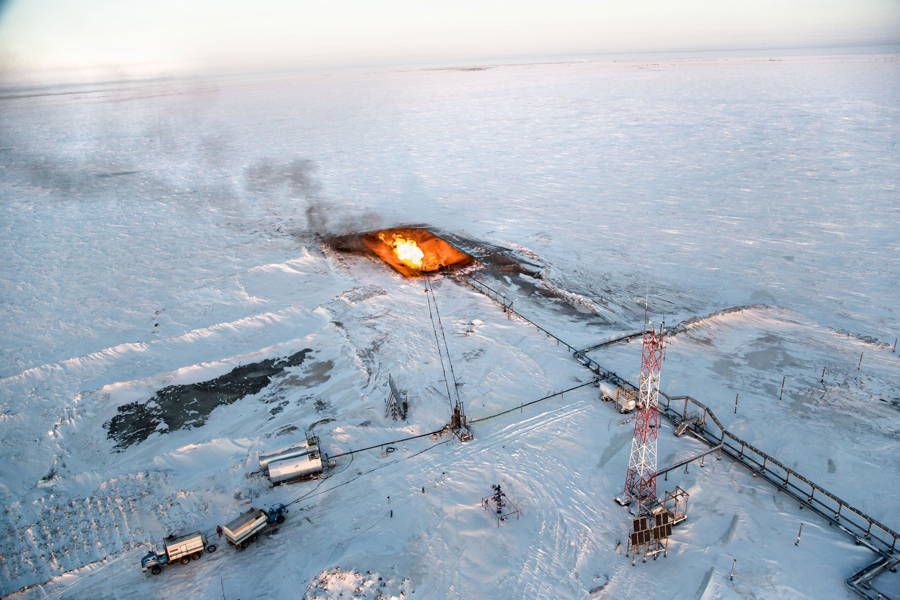
The flaring of gas is seen overhead at a drilling well in Siberia, 2014. Source: TIME
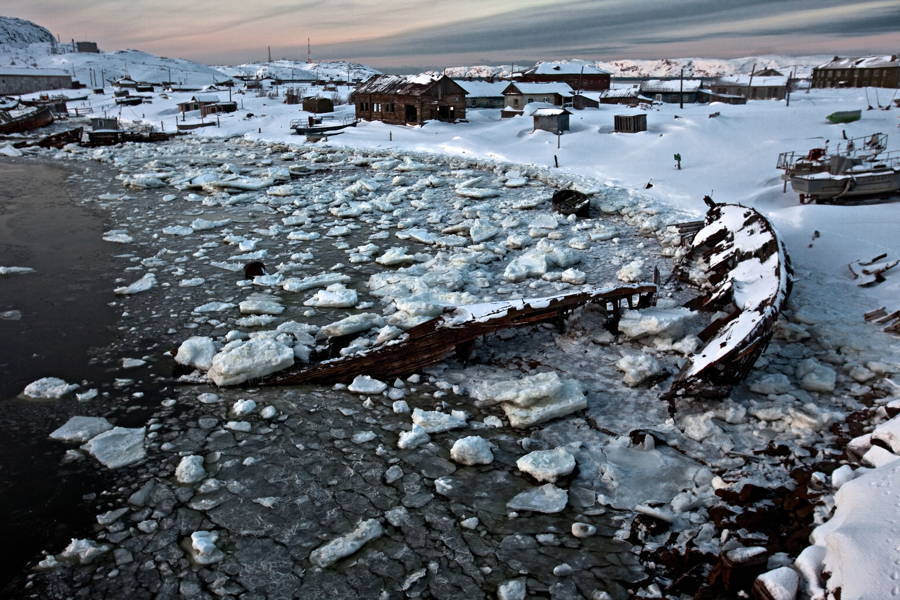
Sunken boats and abandoned houses lay rotting by an icy bay in Teriberka, a former prosperous fish-processing community waiting for an economic boom through gas production. Source: TIME
Splitting Mountains In Search Of Spanish Gold
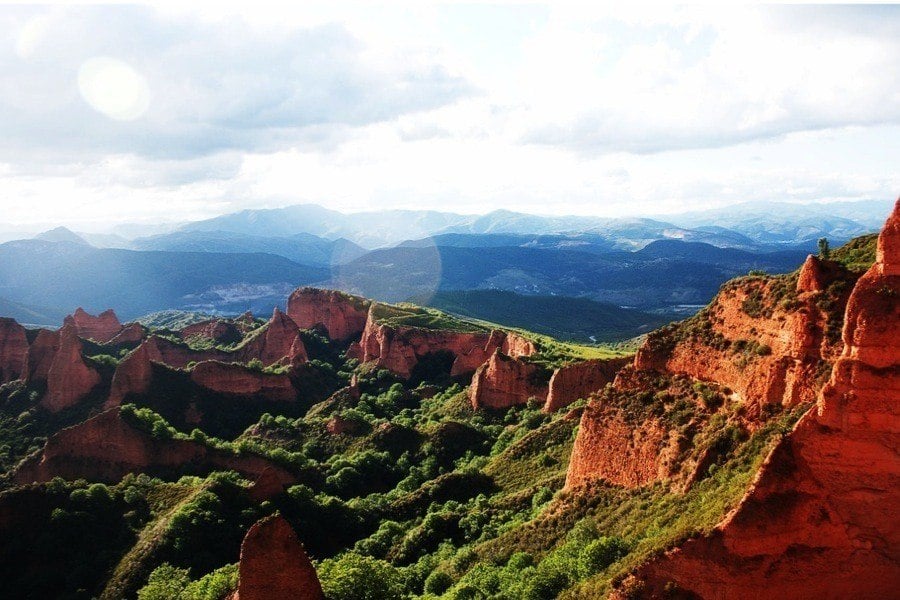
Source: All That Is Interesting
The low, rolling hills of northwest Spain are, to this day, blotted with orange patches made millennia before. Starting in the first century AD, the Romans began tapping the region’s gold supply–by any means necessary. Methods included burrowing tunnels into the base of the mountain then collapsing them and the mountain along with it, and channeling water into the mountain until the pressure built up and its sides simply fell off. While irrevocably destructive, these processes left the area with its own strange beauty. It was added as an UNESCO World Heritage Site in 1997. Bask in the splendor with this illuminating history and photo series.
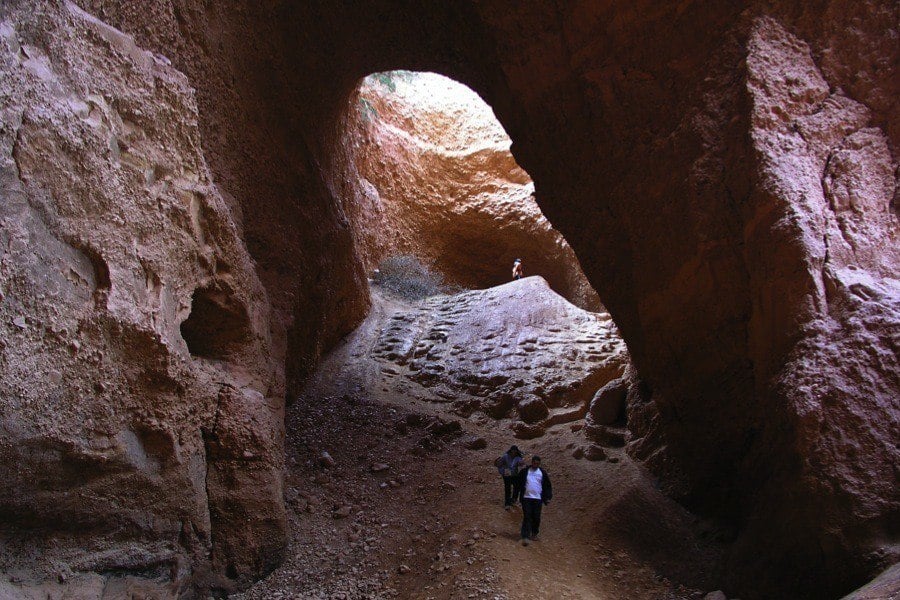
Visitors walk through one of the ancient tunnels that the Romans flooded with water in search of gold. Source: All That Is Interesting
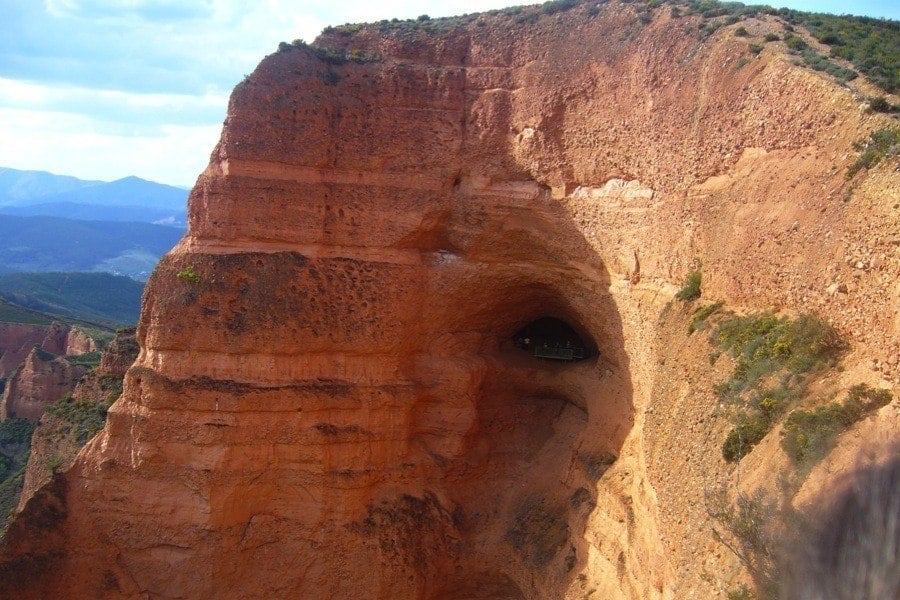
Source: All That Is Interesting




